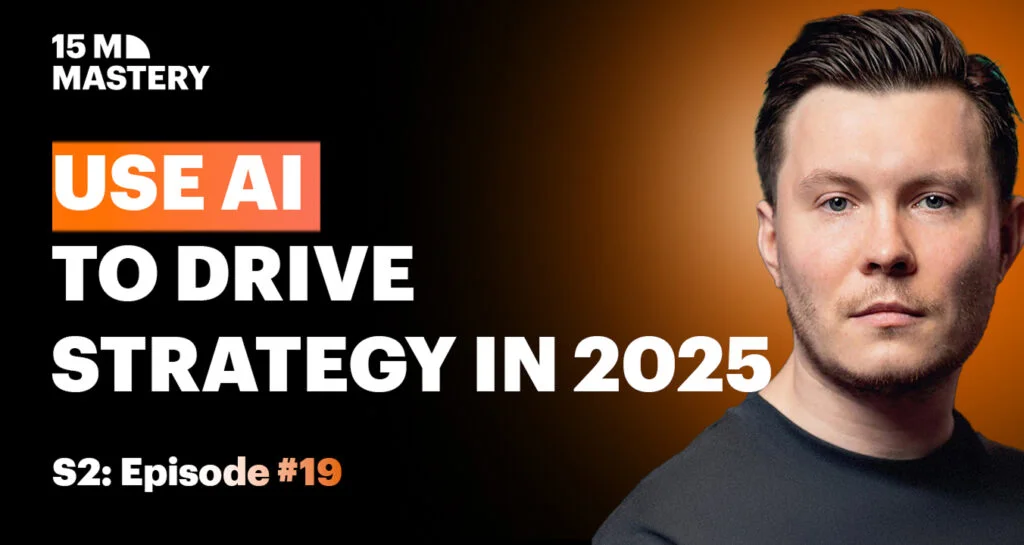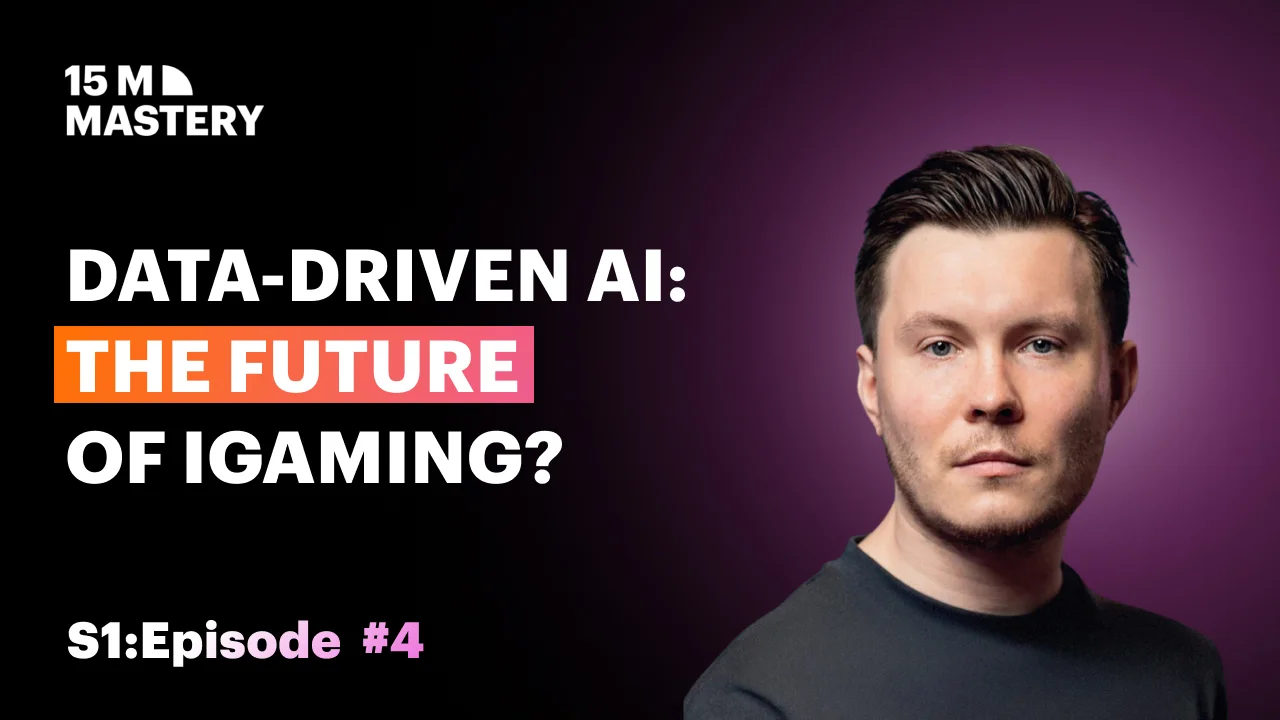How AI Can Transform Productivity Without Replacing Your Team
Finding the Right Tasks to Automate
Max Tesla believes productivity breakthroughs happen by addressing the tasks that most drain employees.
“Just look at the tasks that make people sigh, roll their eyes and procrastinate,” says Max Tesla.
At Blask, the main productivity wins came from automating tedious, manual tasks like extracting data from complex regulatory PDFs. Such documents, especially multilingual regulatory reports with lengthy tables, typically overwhelm employees. AI handles this effortlessly, transforming hour-long chores into minutes of oversight.
Max points to market benchmarking as another efficiency goldmine. AI compares competitors and automatically flags insights, freeing valuable hours previously buried in routine research.
He adds that automating these dull yet critical tasks yields impressive ROI:
“You save hours, cut errors and suddenly your team is spending their time on work that actually matters.”
Assembling the Right AI Team is Crucial
According to Max, developing reliable AI solutions takes more than just filling a room with data scientists. Building a successful AI team relies on cooperation among diverse, complementary skill sets.
Max compares the ideal AI team to a finely-tuned musical group:
- Data scientists craft and fine-tune AI models.
- Engineers deploy these models safely in the real-world environment.
- Domain experts ensure AI solutions are aligned with specific business contexts.
At Blask, nurturing constant cross-disciplinary collaboration leads to AI which genuinely solves real-world business challenges.
“It’s like a symphony where everyone knows their part, and the result is AI that actually delivers value,” he highlights.
Navigating Employees’ Fears of AI Replacement
The fear of being replaced by automation is understandable. Max emphasises that businesses must address these anxieties transparently and proactively.
At Blask, transparency is key. Employees are clearly shown how AI solutions augment rather than replace human roles. Instead of minimising these genuine fears, the company actively invests in upskilling, making workers feel empowered rather than threatened:
“We invest heavily in upskilling, giving employees the tools to work smarter alongside AI. Morale actually goes up when people see AI as a partner, not a threat,” Max clarifies.
He assures that employees soon recognise AI not as competition but as a supportive assistant:
“Honestly, who doesn’t want a little help from a tireless, error-free assistant?”
Addressing AI Ethical Concerns Head-On
AI integration also raises crucial ethical questions around fairness, privacy, and accountability. Max insists ignoring ethics is dangerously counterproductive.
At Blask, transparency surrounding AI decision-making is crucial. Regular bias audits prevent discrimination and unfair practices from sneaking into AI processes. Max stresses that data-privacy protection protocols are particularly indispensable, especially within strictly regulated markets.
“Replacing human tasks with AI raises ethical and operational questions. Ethics isn’t just about compliance – it’s about building trust with your employees, your customers, and even with your AI,” he remarks.
Maintaining Quality Standards When Integrating AI
Introducing AI into workflows comes with its own challenges of ensuring performance quality. AI-generated outputs often suffer inaccuracies or “hallucinations” unless rigorously checked.
Max admits AI is no magical fix and advocates a distinct quality-control approach. Blask leverages multi-layered checks—including automated AI cross-validation paired with strategic human oversight—to maintain exceptional standards.
Max stresses the importance of regular retraining with supervised data updates:
“We retrain models regularly based on supervised learning approach and active learning with fresh data.”
This continuous improvement approach combines human judgment alongside AI precision, ensuring dependable results
As Max points out, every decision delivered by AI should receive sensible human scrutiny before impacting real-world business scenarios:
“Let AI handle the heavy lifting, but always keep humans in the loop to ensure every decision makes sense in the real world.”
Crafting a Productive Future with AI and People
AI implementation, done correctly, elevates human roles rather than replacing them. Through strategic automation, ethical transparency, and continuous oversight, businesses can leverage AI to significantly boost productivity
Leaders who proactively communicate this approach will find teams empowered and enthusiastic about working alongside AI. Ultimately, the key lies in partnership, AI and employees collaborating harmoniously to achieve exceptional outcomes.




